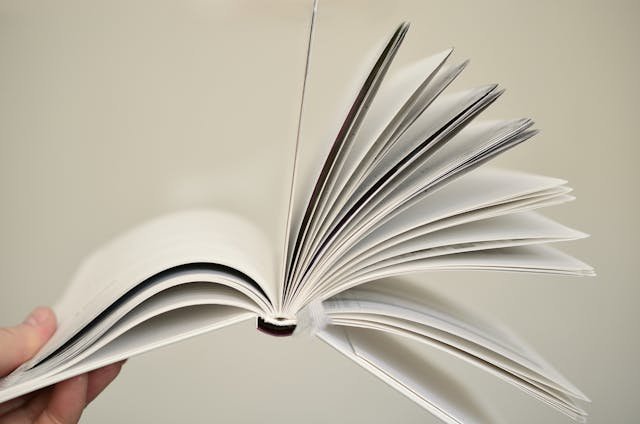To create written works that fits the description of high quality and best practices, it’s important to consider the editorial review process. Editing a written work helps improve it so that it comes out polished, consistent, and (mostly) error-free. This article breaks down the editorial review process and how it changes the written work.
What is an Editorial Review?
Editorial review is the process where an editor (or someone you trust) examines your written work for language accuracy, grammatical correctness, style adherence, and formatting consistency. This type of review helps polish written works so that they are professional and easy to read. Hopefully all this extra work makes a strong impression on your audience, but at the very least it improves content comprehension.
Possible Reader Observations Before an Editorial Review:
The Four Levels of Editing
When you understand the different levels of editing, it can help you know what your document needs to be improved (moved closer to perfection).
1. Editorial Assessment
The editor delivers a detailed report, highlighting aspects like structure, logical flow, and overall coherence. This stage gives you guidance on what needs to be fixed without changing the text. For technical documentation, this might include evaluating the clarity of instructions, the logical sequence of steps, and the addition of necessary diagrams or tables.
- Purpose: Provides a high-level overview of your document’s strengths, weaknesses, and areas for improvement.
- Actions: Identify strengths, weaknesses, structure, coherence.
2. Developmental Editing
Editors suggest adding, removing, or rearranging sections to improve clarity and engagement. They examine the logical flow of information, ensuring technical content is presented in a user-friendly manner. For technical documents, this could involve restructuring sections to improve navigability or enhancing explanations with additional examples and visuals.
- Purpose: Focuses on big-picture elements such as organization, readability, and flow.
- Actions: Restructure content, improve flow, ensure coherence, develop ideas.
3. Copy Editing
Copy editors check for grammar and spelling errors, sentence structure, tone, and adherence to style guides like The Chicago Manual of Style or specific technical style guides. They improve readability and flow, making sure technical jargon is used correctly and explanations are clear. They also ensure that the document adheres to any specific industry terminology and standards.
- Purpose: Ensures grammatical correctness, consistency in style, and clarity of expression.
- Actions: Correct grammar, enhance clarity, ensure consistency, adhere to style guide.
4. Proofreading
Proofreaders look for typographical errors, punctuation mistakes, and formatting inconsistencies. This step ensures the document is polished and error-free. In technical documentation, this involves checking for consistency in formatting, such as code blocks, bullet points, and numbered lists, as well as verifying the accuracy of hyperlinks and cross-references.
- Purpose: The final check for any remaining errors before publication.
- Actions: Identify typos, correct punctuation, fix formatting issues, ensure consistency.
Why is Editorial Review Important for Technical Documentation?
- Accuracy and Consistency: Ensures your document is grammatically correct and adheres to style guides.
- Readability: Improves the flow and clarity of your writing, making it easier for readers to understand complex technical information.
- Professionalism: A well-edited document looks professional and reflects well on your organization.
- Credibility: Error-free content builds trust with your audience, showing that you care about quality.
SEO Keywords for Editorial Review in Technical Documentation
To make this article SEO-friendly, let’s incorporate relevant keywords:
- Editorial review process
- Levels of editing
- Copy editing services
- Professional proofreading
- Technical documentation editing
- Improve document quality
- Importance of editing
Conclusion
The editorial review process is vital for ensuring your technical documentation is polished, professional, and error-free. Whether it’s an editorial assessment, developmental editing, copy editing, or proofreading, each level plays a crucial role in enhancing the quality of your technical writing. By understanding and utilizing these levels, you can produce high-quality documents that impress your readers and reflect your professionalism.
If you’re ready to take your technical documentation to the next level, consider reaching out to professional editors who can guide you through this process. Happy writing!
For more information on the editorial review process and editing services, check out resources like WriterCoach, Azura Magazine, and The Savvy Red Pen (WriterCoach) (Azura Magazine) (The Savvy Red Pen).




0 Comments
Trackbacks/Pingbacks